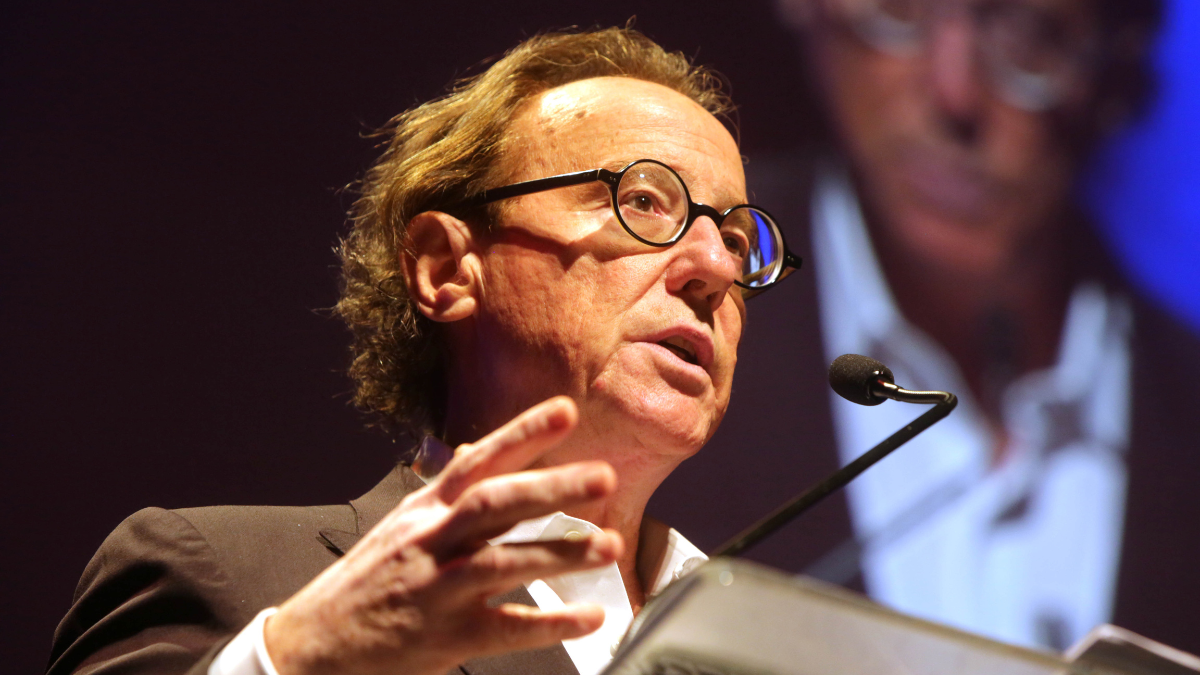Republicans Target Record 72 Democrat-Held Districts for Midterms
The first shot in the battle for the House was fired by the Democratic-aligned House Majority PAC, which announced it was spending $102 million in advertising across 50 media markets nationwide. The reservations came around the same time that the National Republican Congressional Committee declared it was targeting a whopping 72 Democratic-held districts to flip this year, including 33 that President Biden carried by double-digit margins.
Put together, the announcements illustrate that both parties are bracing for the likelihood of a Republican wave election, where once seemingly safe Democratic lawmakers can’t take their reelections for granted. And when you look closer at the specific tactical decisions, the early spending paints a revealing picture of the emerging 2022 midterm map.
Here are the most notable takeaways:
1. Democrats acting like they blundered in their Nevada gerrymander. House Majority PAC reserved far more money in the Las Vegas media market ($11.6 million) than any other metropolitan region, out of recognition that all three Democratic House members in the state are vulnerable. It’s a remarkable admission, given that Democrats had full control of drawing the state’s congressional lines and could have protected at least one of their own members. Instead, there’s a real chance that a GOP landslide could sweep Reps. Dina Titus, Susie Lee, and Steven Horsford out of office. In 2020, Biden won just 52-53 percent of the vote in all three of those districts— too-close-for-comfort margins in a political downturn.
Adding insult to injury, Las Vegas is an expensive market in which to play defense. It alone accounts for over one-tenth of the super PAC’s overall spending. Rep. Titus’s political temper tantrum last December is now looking prescient: “You read that the Republicans are using gerrymandering to cut out Democratic seats, but they didn’t have to in this state. We did it to ourselves,” she said.
2. Rep. Sanford Bishop may be in more trouble than advertised. It’s not every day that the small media markets of Macon, Columbus, and Albany, Georgia, get showered with national attention. So the super PAC’s decision to spend over $2 million in Bishop’s rural Georgia district is bound to draw some raised eyebrows.
For a Black-plurality seat that Biden carried with 55 percent of the vote, it would take a true Republican tsunami to take Bishop out. But Republicans are enthusiastic about their expected nominee, Army veteran Jeremy Hunt. And Bishop has shown vulnerability in GOP wave elections before: He barely won reelection in 2010 against a little-known challenger. The fact that Democrats are showing their concern about this race early means it’s a legitimate battleground.
3. Los Angeles will be a top political battlefield come the fall. Redistricting in California scrambled the district lines and guaranteed a slew of political battlegrounds, some old and some new. House Majority PAC reserved over $7 million in ad time, which will likely be spent for both defensive measures and offensive opportunities. The Democrats’ top two targets in the state are Rep. Mike Garcia, who won by one of the narrowest margins of any lawmaker in 2020; and Rep. Michelle Steel, whose newly drawn district became more Democrat-friendly but is still very winnable for the GOP in this favorable environment.
Even as Democrats seek to press their advantage in California, they will also have to pay attention to a pair of second-term progressive lawmakers facing their first real national political headwinds: Reps. Katie Porter and Mike Levin. Porter has emerged as one of the House Democrats’ top fundraisers—banking over $16 million at the end of last year—and may not need outside financial help. Levin, a less polarizing but equally vulnerable incumbent, doesn’t have nearly as much campaign cash and may end up needing reinforcements.
4. Rep. Don Bacon, a perennial Democratic target, can breathe easier. Bacon, representing a swing Omaha-area district, has won each of his three elections with less than 51 percent of the vote. His district gave Biden a 7-point margin of victory in 2020. But despite the surface competitiveness, House Majority PAC is investing only $660,000 in the Omaha district, a far cry from the nearly $5 million in outside spending against Bacon in the last election. (The money could also be reallocated to use in defense of Rep. Cindy Axne in a nearby swing Iowa district.)
While Bacon is expected to be facing a more capable challenger this year, the national environment may put this race out of reach for Democrats. The fact that Democrats aren’t yet gambling their budget on flipping this perennially purple seat is a clear sign of the party’s scaled-back ambitions for this year’s midterms.
5. Democrats primarily are on defense—except in these six races. The vast majority of HMP’s spending is taking place in Democratic-held districts. But there are a handful of markets where they’re spending big money to go on offense. Aside from going after Steel, Garcia, and Bacon, the super PAC is targeting Rep. David Valadao of California with over $3 million in ads, Rep. Yvette Herrell of New Mexico with a $600,000 ad buy in Albuquerque, and Rep. Peter Meijer with a $780,000 investment in Grand Rapids, Michigan. Meijer is also facing a primary on his right—in a district that was redrawn to favor Democrats—making that swing seat a particularly compelling opportunity.
6. Democrats don’t have a New York state of mind. The New York media market, on paper, features a number of potentially competitive races, from the second Staten Island showdown between GOP Rep. Nicole Malliotakis and former Democratic Rep. Max Rose; an open seat in Long Island specifically drawn to elect a Democrat; and the New Jersey district represented by Rep. Tom Malinowski, which was sacrificed by state Democrats to protect his other colleagues. Even Democratic Congressional Campaign Committee Chair Sean Patrick Maloney, representing a Democratic-leaning Hudson Valley seat, isn’t out of the woods if there’s a GOP wave.
The fact that House Majority PAC isn’t yet spending in the Big Apple doesn’t mean these races won’t emerge on the political radar. It’s more of a testament to the exorbitant cost of advertising in the city. It’s smarter to wait and see how these races develop before deciding whether to invest millions in a market where you don’t get much bang for your buck.
" Conservative News Daily does not always share or support the views and opinions expressed here; they are just those of the writer."





